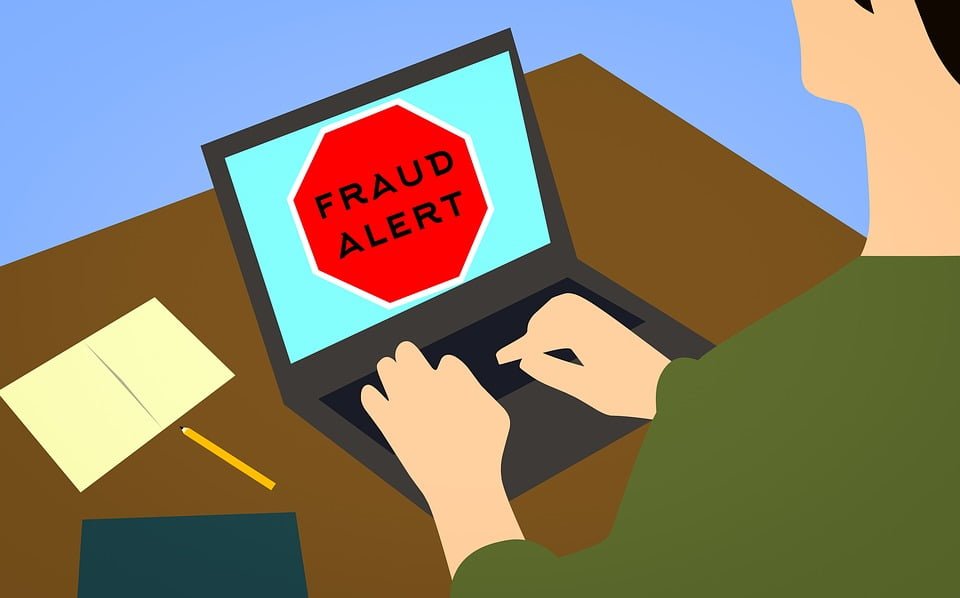A customer journey map will help you to understand how customers interact with your brand. It includes the interactions between the customer and your brand before, during, and after the purchase. Each customer will experience the customer journey differently, so how do you create a map that captures all of these interactions? Read on to learn more. This article covers the steps and metrics needed to create a customer journey map and tools to keep track of it. It will make your life easier.
Stages of a customer’s journey
There are three major stages in a customer’s journey. The first stage focuses on acquiring prospects, nurturing them, and eventually buying. Buyers are searching for information online to solve a business challenge or problem. These customers search for a brand using keywords. An example problem or challenge is how to increase productivity in a business. A potential buyer may be trying to figure out how to reduce bounce rates on an e-commerce site.
The next step is to define the different stages of the customer’s journey. This process can be represented using a customer avatar. The customer avatar represents different stages in a customer’s journey, such as the initial stages of evaluation, the actual purchase, and the subsequent stages. Creating an avatar that represents each stage helps to understand the emotions and perspectives of your customers. You should also identify the gaps between these stages.
Metrics to measure
The customer experience can be measured in a variety of ways. High levels of channel hopping may indicate experiencing friction. Paths from digital to agent-assisted are particularly important. The length of the journey is measured by the number of interactions and the overall time taken to complete the defined journey. Excessive page views or visits to a site are signs of a failing experience and may result in fewer return visits.
Customer retention rate is another important metric to track. This metric measures the percent of existing customers that return to a company. It is not a count of new customers and should be at least ninety percent. Strong customer retention rates correlate with the higher repurchase, referral, and cross-sell opportunities. If you have a high retention rate, you are on the right track to growing a profitable customer base.
Steps to create a map
Creating a customer journey map is a good way to understand your customer’s experience with your brand. It can help you identify problems, as well as the goals of your customers, thereby helping you create an experience that’s smooth and satisfying for your customers. Here are some steps to help you create your customer journey map. Listed below are a few of the most important steps. Keep reading to learn how to make one.
First, you’ll need to determine which parts of your customer journey should be separated into stages. You can do this by breaking complex stages into simpler ones. Next, you need to decide how to label each stage. To do this, you can use the horizontal rows of data known as sections. Each section corresponds to a particular purpose or type of journey. There are universal sections available in a Journey Map tool, such as UXPressia.
Tools to track it
To create an effective customer journey map, you need a tool that enables you to map all the touch points of a customer’s journey. Many of these tools are similar to sticky notes, but they can be more interactive and mobile-friendly. Afterward, you can share the results with your team, so you can see the evolution of your customer base over time. To make the process easier for you, consider using tools such as Miro, which allows you to create a board from scratch or with templates.
Customer experience management software like Clarabridge can help you better understand your customers’ journey. By turning customer feedback into actionable intelligence, Clarabridge helps you hear your customers’ voices across your enterprise. It also facilitates smooth collaboration among different departments, so you can better understand your customers’ journey. In addition to capturing customer feedback, it also helps you analyze this data to understand how to improve your online experience. It also helps you understand which areas of your company need improvement, and which areas are getting in the way.














